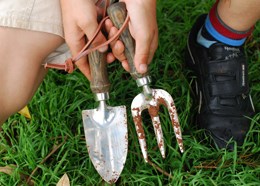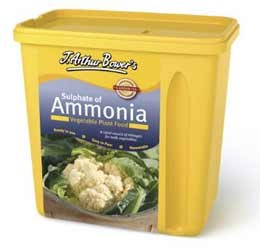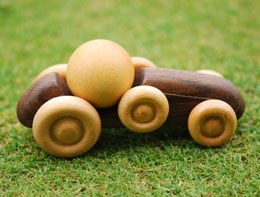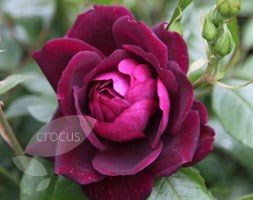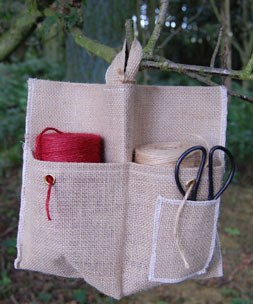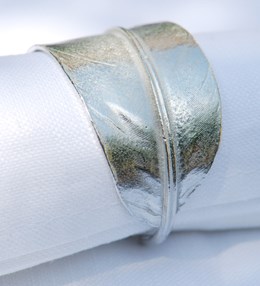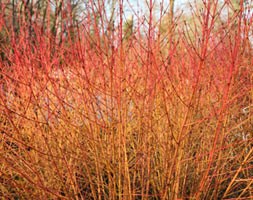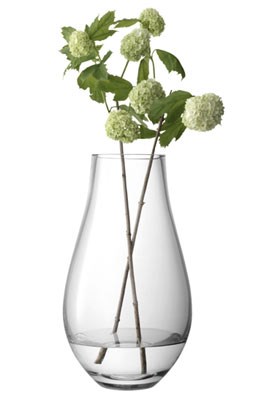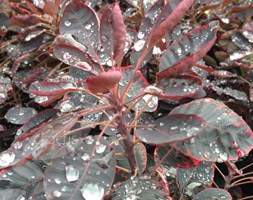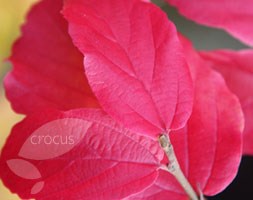Price reductions at Crocus
by Sarah - March 29th, 2014.Filed under: Crocus, Price Reductions.
Reduced price on items today at Crocus
Gardener’s apprentice hand tool range was £5.99 now £3.99
This wonderful child’s hand fork has been specially designed for budding gardeners. Made to the highest standards even in stainless steel to exactly the right proportions, it’s the perfect miniature version of a grown-ups gardening tool. Like other children’s gardening tools in the range, it has been fully approved by trading standards and classified as an early learning product. Total Height 21cm The wooden handle is made with FSC certified ash from well-managed forests.
J. Arthur bowers sulphate of ammonia was £5.99 now £4.99
A rapid source of nitrogen for green leaved crops used in soil preparation and for top dressing. Active ingredient: N:P:K 21-0-0
Wooden car was £13.49 now £9.99
This gorgeous wooden Car is produced by hand from fruitwood, a by product of the fruit industry in the EU. All of the wood harvested is in line with sustainable forestry principles. Not suitable for children under five
Rosa Burgundy Ice (‘Prose’) (PBR) (rose Burgundy Ice (floribunda)) was £12.99 now £9.99
Position: full sun Soil: fertile, humus-rich, moist, well-drained soil Rate of growth: average Flowering period: June to October Other features: excellent cut-flowers Hardiness: fully hardy The deep plum coloured flowers have a velvety texture and a light, sweet scent – and if dead-headed regularly, they will continue appearing throughout the summer. Magnificent with rich purples, soft pinks and silver. All our roses are grown in an open field and then dug up when the weather conditions are right in October or November. Some suppliers send out their roses as ‘bare root’ plants (ie without pots or compost), but we pot ours up as it helps to keep the roots hydrated and in good condition. As they are dormant throughout the winter, they will not produce any new roots until spring, so don’t be surprised if the compost falls away from the roots when you take them out of their pots. The roses can be kept in their pots throughout the winter provided they are kept well fed and watered, however ideally they should planted out as soon as possible. They will already have been cut back so no further pruning will be required, apart from snipping off any tips that have died back. Routine pruning can begin in late winter the year after planting. Garden care: If planting in winter, choose a frost-free spell when the soil is not frozen. Roses are quite deep-rooted plants so dig a deep hole roughly twice as wide as the plants roots and mix in a generous amount of composted organic matter. A top-dressing of a general purpose fertiliser can be worked into the surrounding soil and we also recommend using Rose Rootgrow at this stage to encourage better root development. This is particularly important when planting into a bed where roses have previously been grown as Rose Rootgrow is said to combat rose sickness (aka. replant disease). Remove the plants from their pots and gently spread out the roots before placing them in the centre of the hole. Try to ensure that the ‘bud union’ (the point where the cultivated rose has been grafted onto the rootstock, and from where the shoots emerge) is at soil level. You can judge this quite easily by laying something flat, like a spade handle or bamboo cane, across the top of the hole. When they are at the right height, back-fill the hole, firming the soil down gently before watering the plant well. Water generously until well established, and apply a specialis
Hessian double pocket twine dispenser was £12.99 now £11.99
This dispenser has deep hessian pockets and houses 2 generous spools of twine. A neat front pocket keeps a pair of flower snips handy, includes a roll of red and natural garden twine. Dimensions: 30cm wide x 21 cm high.
Pair of feather napkin rings was £22.99 now £19.99
This hand made Feather Napkin Ring is made from the highest quality lead free pewter and to the highest standards of craftsmanship. We believe it is a great gift and will look great on the Christmas table.
Cornus sanguinea ‘Midwinter Fire’ (dogwood) was £44.99 now £39.99
Position: full sun to part shade Soil: any moderately fertile soil Rate of growth: fast-growing Flowering period: June Hardiness: fully hardy This deciduous shrub has oval, mid-green leaves and produces small, creamy-white flowers in May and June. But it’s really grown for the brilliant, flame-coloured stems that are revealed when the leaves, which turn orange-yellow in autumn, fall. This fabulous dogwood looks best planted in groups in damp areas of the garden, beside water, or in a winter border. One of our recommended plants, it’s best in full sun, and works particularly well with red or purple-stemmed varieties of dogwood. Garden care: For best stem colour, cut the stems back hard to within 5-7cm (2-3in) from the ground in March and apply a generous 5-7cm (2-3in) mulch of well-rotted garden compost or horse manure around the base of the plant.
Naula flower vase was £49.99 now £44.99
The fluid form of the handmade vases suits many flowers from Ranunculus to Alliums and Amaryllis in the larger ones, the narrow neck making them perfect for holding just a few decorative and dramatic stems.
Cotinus coggygria ‘Royal Purple’ (smoke bush) was £49.99 now £44.99
Position: full sun Soil: moderately-fertile, moist, well-drained soil Rate of growth: average Flowering period: July to August Hardiness: fully hardy This deciduous shrub has magnificent, dark red-purple oval leaves, that turn scarlet in autumn. In July and August, it is festooned with fluffy plumes of purplish-pink flowers that look like a haze of smoke. This is an eye-catching specimen plant for a sunny shrub or mixed border. The foliage, which appears almost translucent when backlit by the sun, is at its best when the plant has been pruned hard in March. Garden care: In late winter or early spring remove any misplaced, diseased or crossing branches. Alternatively, to produce larger leaves, cut the stems back hard to within two or three buds of the base in early spring. After pruning apply a generous 5-7cm (2-3in) mulch of well-rotted garden compost or manure around the base of the plant.
Parrotia persica (Persian ironwood) was £69.99 now £64.99
Position: full sun or partial shade Soil: moist, well-drained soil, preferably acidic Rate of growth: fast-growing Flowering period: January to February Hardiness: fully hardy In autumn, this deciduous tree is a breathtaking sight, as its large, smooth, wavy-edged leaves turn brilliant yellow, then orange and finally blaze fiery red before falling. In late winter and early spring, insignificant, spidery, red flowers appear before the leaves. Persion ironwood is a spreading tree, with a short trunk and peeling grey and fawn bark. As it normally has multiple stems, it is best grown as a large shrub in the border or in an open woodland garden. It can get very big, so it is best suited to larger gardens. Garden care: Requires minimal pruning. Remove any broken, diseased or crossing branches in late autumn or winter. When planting incorporate lots of well-rotted garden compost in the planting hole and stake firmly.







